Aussie invention could see people ‘going vertical’ after they die
Australia is running out of burial space at an alarming rate. This is what the future of dying will soon look like.
We all have a picture in our mind of what will happen after we die, right?
Maybe not in a spiritual sense. That is open to interpretation.
But what about physically? Have you thought about what will happen to your body?
When we ponder death (hopefully not too often), many of us envision a grand casket being lowered into the ground, a loving headstone marking who we were and why we were important. We see our families bringing fresh flowers to our grave every week.
But this way of honouring the dead might soon be a distant memory.
Australia is in the midst of an extreme burial crisis. The population is growing and we are living longer than ever before, which ultimately means one thing.
We’re dying more than ever before, too.
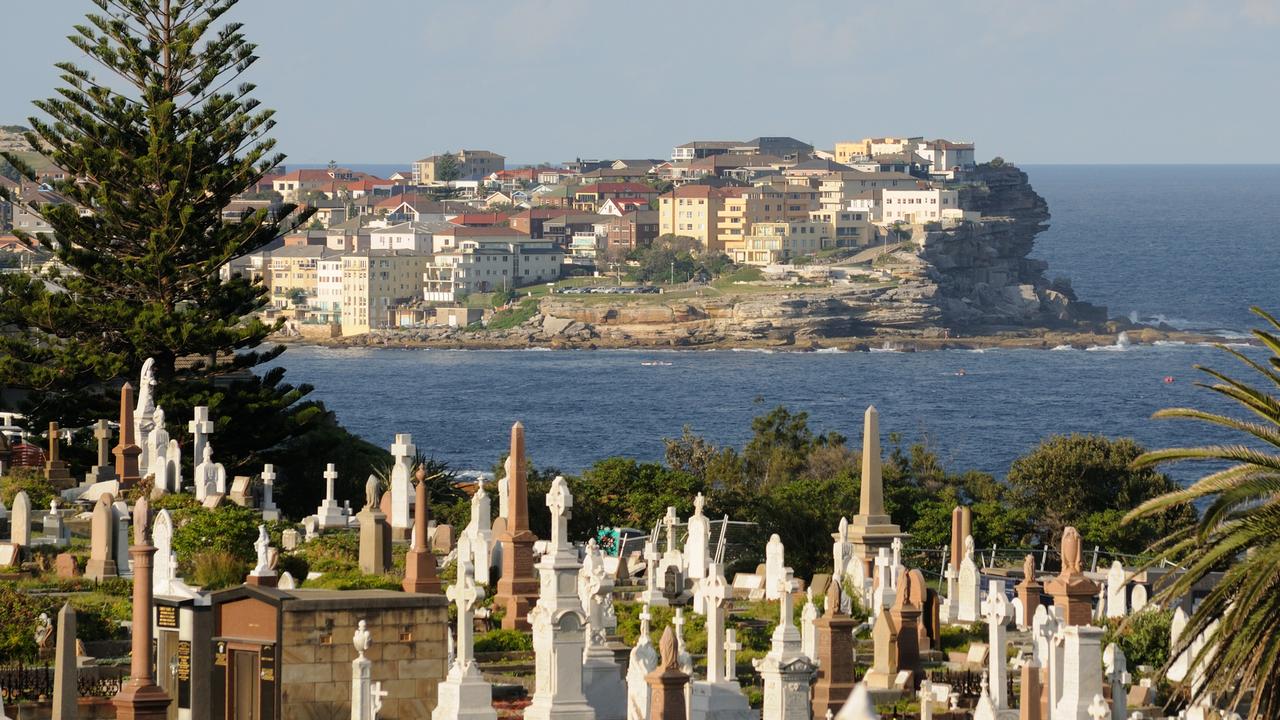
We’re running out of room to bury people. After hundreds of years of digging up the soil and putting our loved ones to rest, sooner or later we will be at capacity.
According to Andrew Hoyne – founder of Zinnia, an Australian company specialising in innovative burial solutions – this bleak reality is sooner than we realise.
“There are around 6,300 cemeteries in Australia, yet only 200 are operational,” the 56-year-old Aussie told the crowd during a South By Southwest (SXSW) presentation in Sydney this week.
“We are running out of space for the dead.
“Currently, just over 180,000 die each year in Australia. By 2050, this death rate will skyrocket to more than 300,000 per year.
“We need more space for memorialisation. While 70 per cent of people are being cremated, one sad fact is that only 30 per cent of ashes are memorialised.
“If you’re lucky, you might go on the mantelpiece. But it’s likely you will never leave the cupboard.
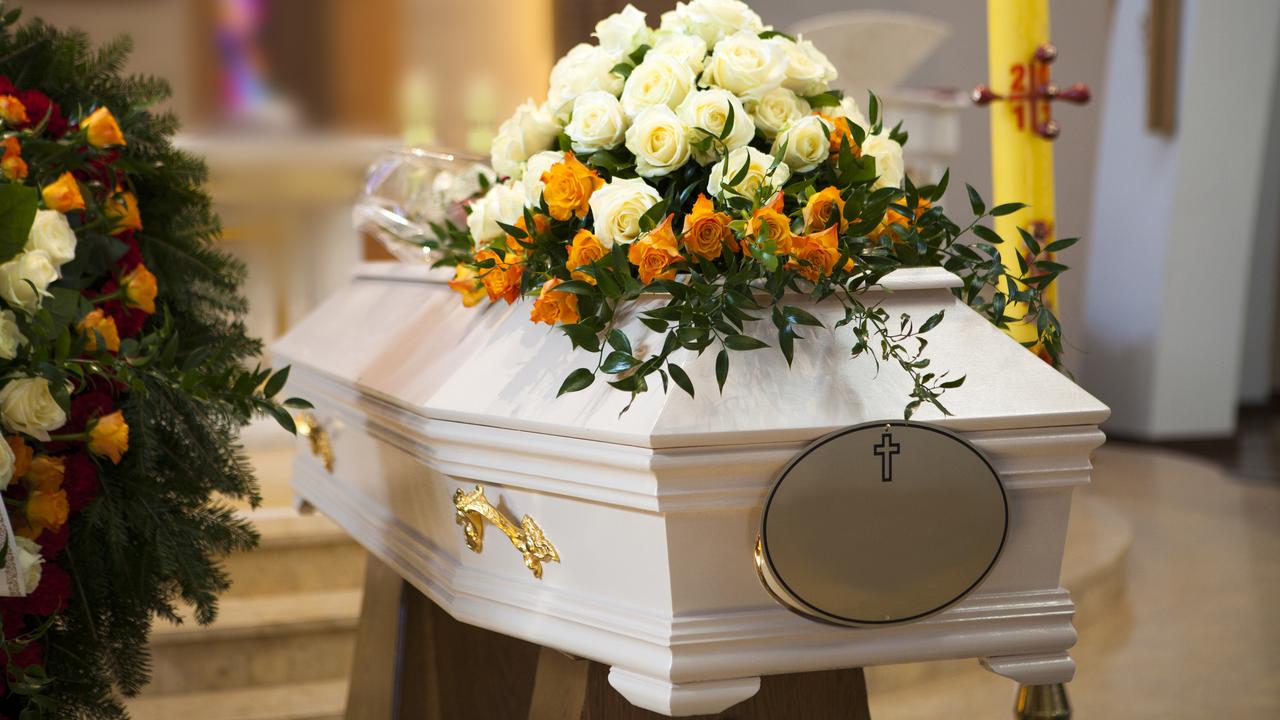
“There are tens of thousands of boxes of uncollected ashes inside funeral homes across Australia. After a while, these are just disposed of after the family does not collect them.
“We need to rethink remembrance and this demands an innovative solution.”
For the past five years, Mr Hoyne has been working on this solution and now believes he hold the future of death in his hands.
His brainchild, Memoria by Zinnia, offers what he calls “space-efficient ash internment solutions” inside vertical freestanding pillars made of marble or granite.
They can hold up to ten ash internment vessels that hold the industry standard of 3.4 of remains. They are triangle in shape and will display a plaque at the front with the person’s name and any other details the family desire.
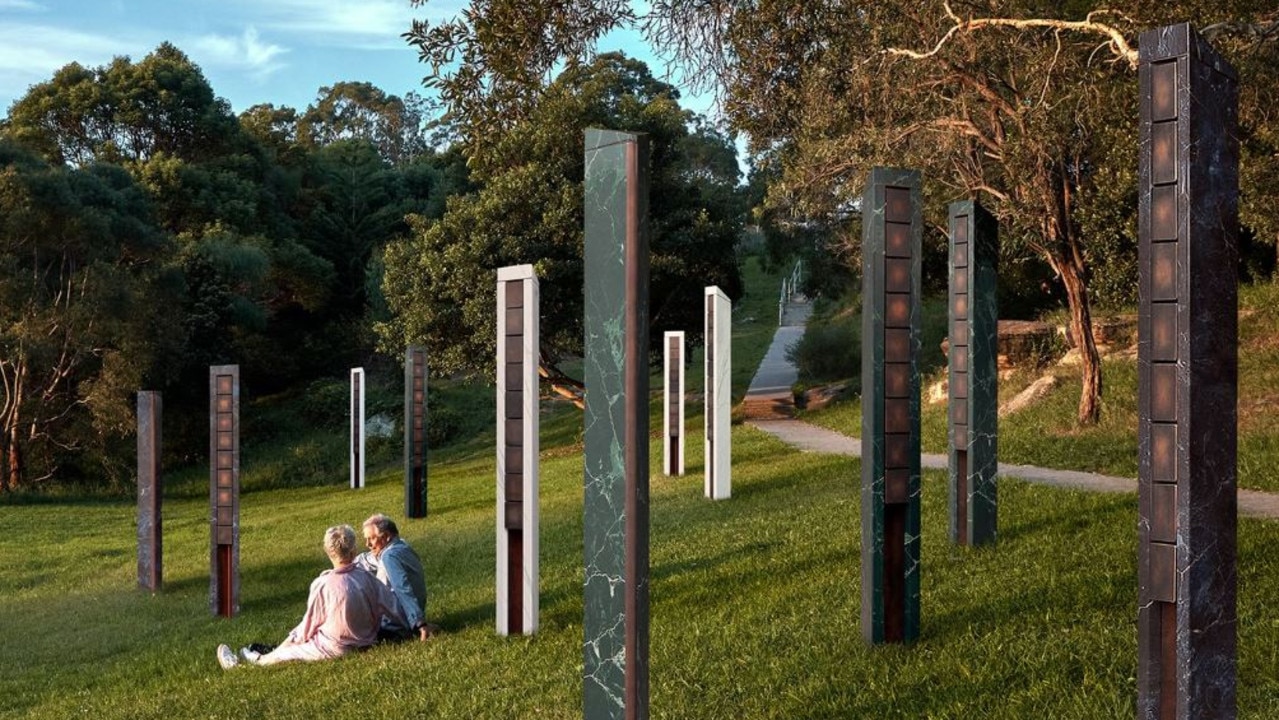
The patent Aussie invention is the first of its kind anywhere in the world and Mr Hoyne believes these columns will one day appear in many common spaces such as public parks, in RSLs, surf clubs and other places of meaning to loved ones.
Asked about whether this major shift to having remains of the dead around us in our everyday lives rather than being allocated just to a cemetery, he explained that this is actually very normal in other countries.
“There’s no law against above ground memorialisation’s in public spaces, if you have approval,” Mr Hoyne told news.com.au.
“I think traditional headstones in parks would freak people out, unless they were hundreds of years old.
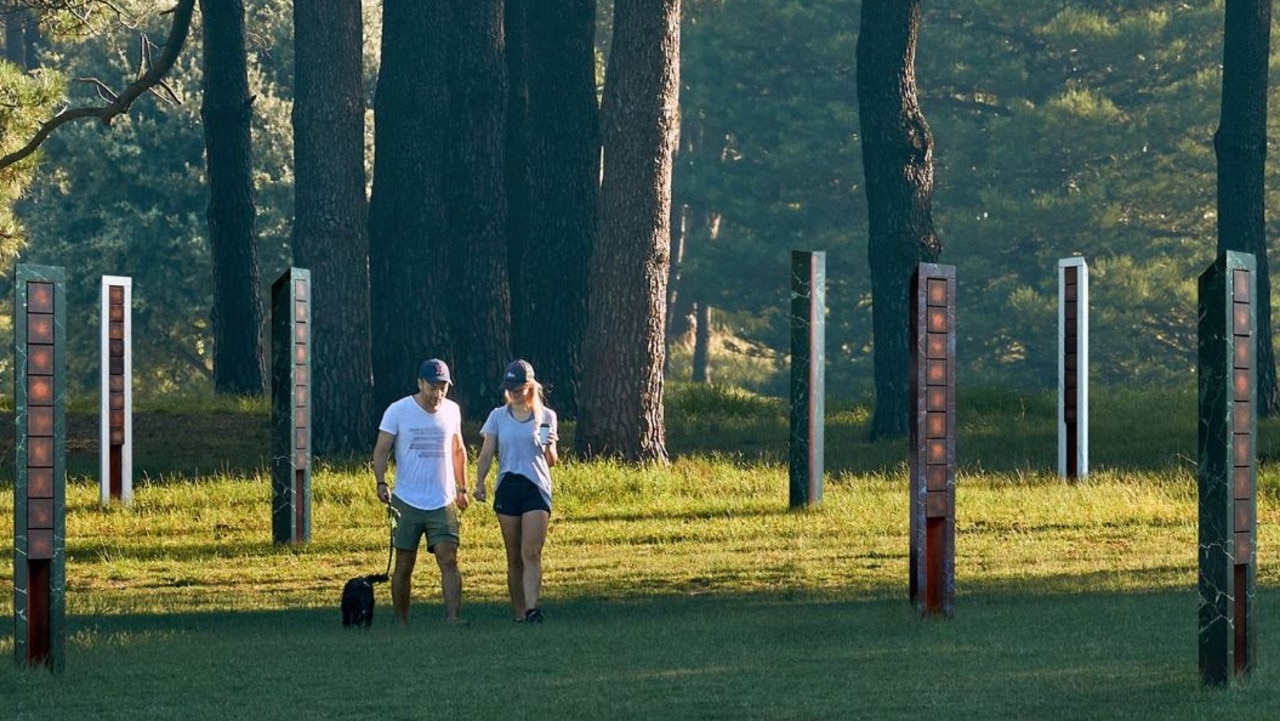
“However I believe the Memoria design looks sculptural, and in a well considered location, would add something beautiful.
“My wife is German, and in old world cities like Berlin and Copenhagen, cemeteries are where kids play, learn to ride bikes, and even have family picnics.
“There is nothing morbid experiencing an urban life near a symbol of remembrance
“I don’t want to force the theme of death on anyone, however I do believe that respectful remembrance is something we could all benefit from in our lives.
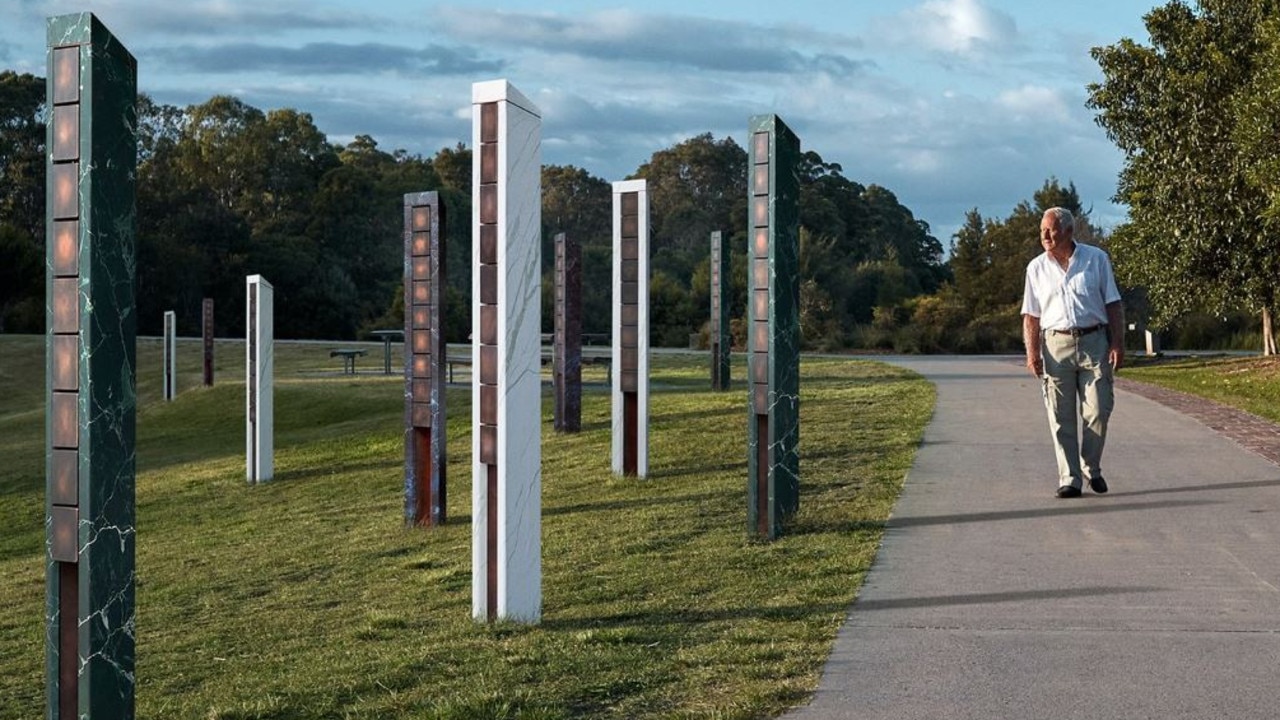
“RSL Clubs and Surf Clubs are very interested in Memoria as a way to honour key people from their community who have passed away.
“Even if most of the ashes have been scattered, they are keen to have a more formal recognition of that person’s value, than a plaque on a park bench or a wall.”
He said that as a culture, Australians are known to avoid facing anything death-related, which can make it hard to have those difficult conversations and instigate change.
“We’ve convinced ourselves that as a wide open country, we have endless space, and there’s no problem to resolve,” he said.
“That’s a mistake itself, because it’s inaccurate. Australians are stoic.
“We’ve created taboos on what we think should not be discussed and death is probably near the top of the list.
“We’re also optimists. While death is normal, we’re taught to avoid what could be perceived as negative.

“Most of us are scared of death, so the easiest way to feel like we’re avoiding it, is to assume it’s not imminent and unnecessary of our attention.”
Mr Hoyne’s father Bernie sadly passed away just a few weeks ago and will be the first person to be put into a Memoria pillar.
“My dad thought it was really innovative and was excited to see it in his hometown,” Mr Hoyne said.
“Wen he got sick recently, none of us thought it would be the end for him, so we never discussed it further.
“Dad was always energised by new ideas. He loved creating things in his shed and was all about innovation.
“I am absolutely confident my dad would be so proud and happy to be the first person memorialised in Memoria.”
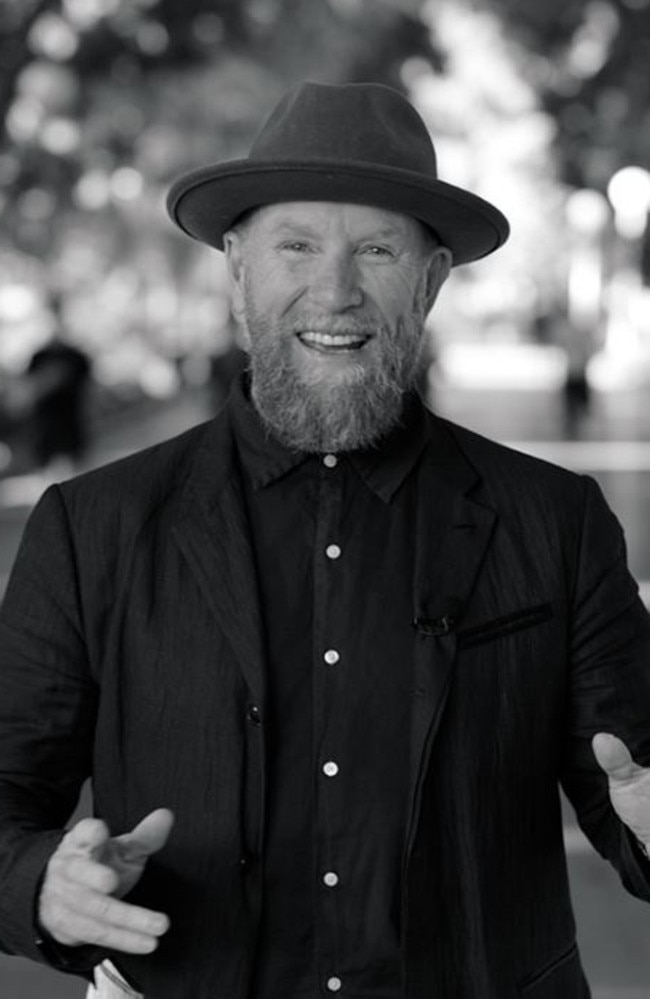
He said that despite some hesitation, many cemeteries are very open to the idea of incorporating Memoria into their existing locations.
This means that some cemeteries which have been closed for decades could potentially open up to the public again.
“Cemeteries can give the impression that they’re not open to new ideas, however I’ve been happily surprised with the positive feedback I’ve received,” he added.
“I really feel this vertical ash internment solution will be popular with the general public and the funeral and cemetery sectors.
“While only 30 per cent of cremations are interred in a cemetery, I believe that providing a better future option, will result in a strong increase in memorialisation.
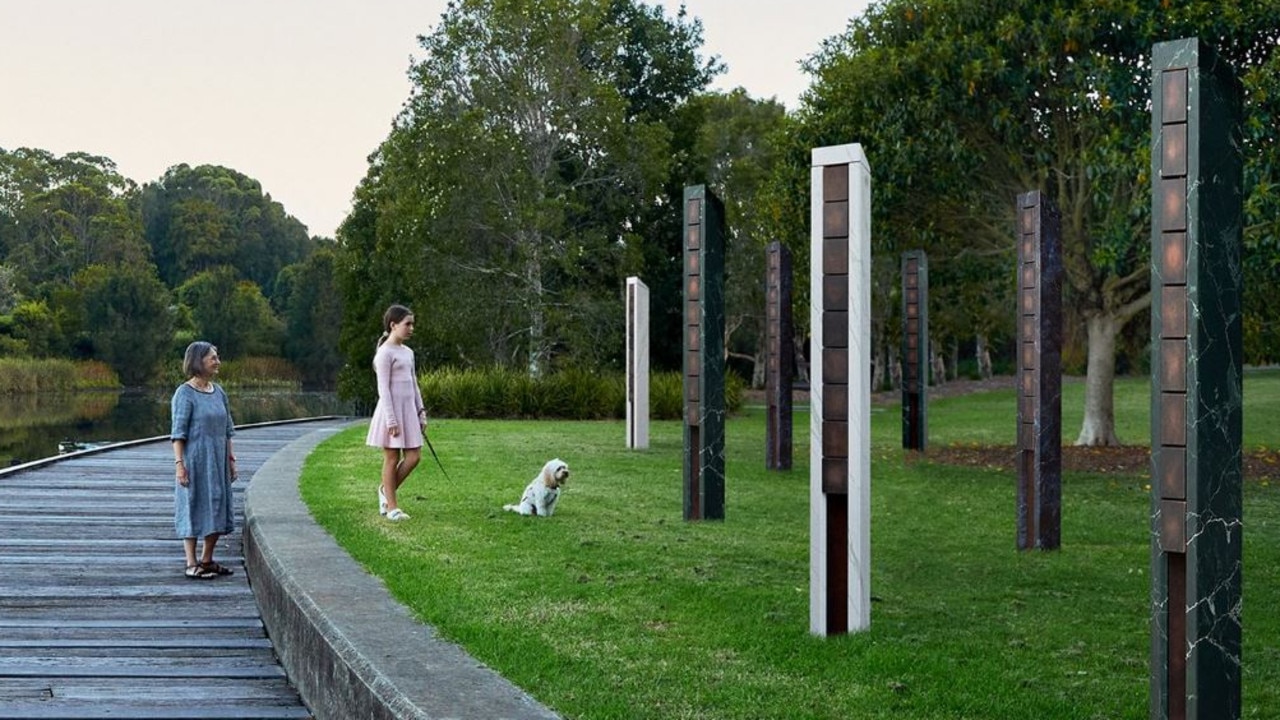
“By creating meaningful places for people to remember their loved ones, we’re helping to enable someone’s memory to linger longer in their families hearts and minds.
“The most famous Australian design products to be exported around the world are not sexy or cool, but they revolutionised industries.
“For example the Victa Lawnmower, Hills hoist, Cochlear Implant and Polymer bank notes. So, from a commercial design and product export perspective, why couldn’t Memoria, the vertical ash internment pole, end up on that list over the next 20 years?
“This product isn’t just about solving a space issue. It’s about honouring the lives of those we love in a way that feels right.
“We aren’t just responding to a land crisis. We’re reshaping the future of memorialisation.
“I really feel it’s time to transform how we remember.”
Originally published as Aussie invention could see people ‘going vertical’ after they die





